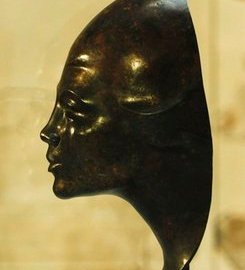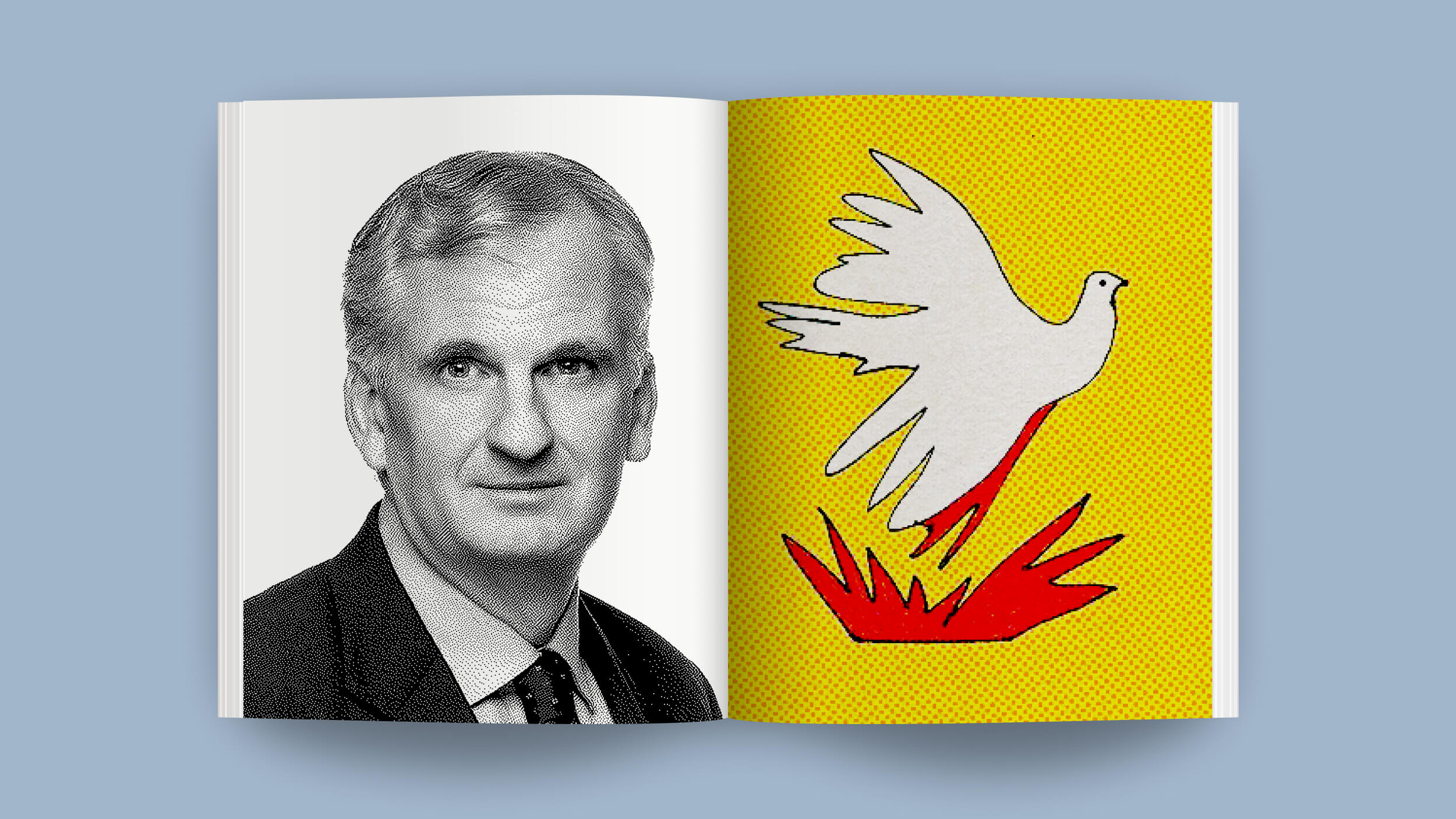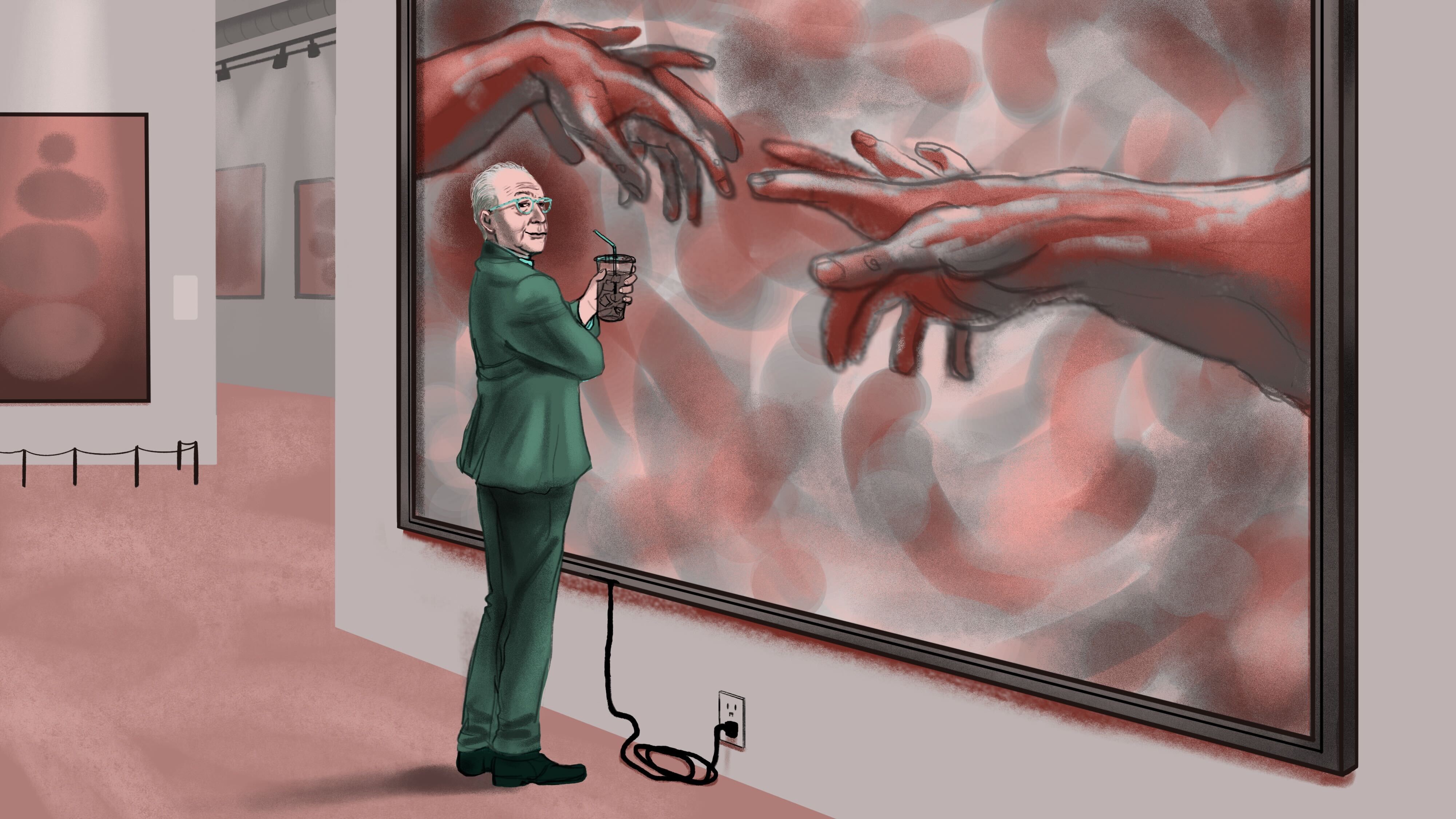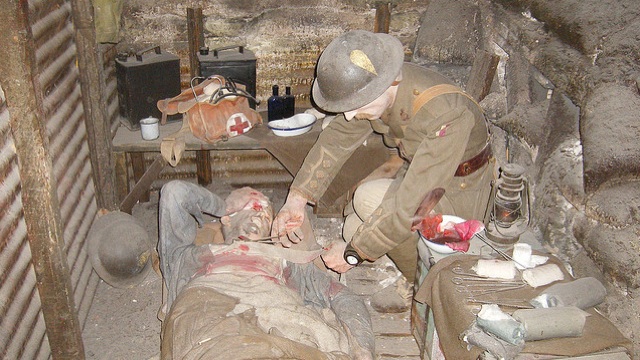Out of the Ashes: Art Stolen by Nazis Rediscovered

It’s a sad fact of human history that the leadership regime most obsessed with art belonged to that of the Nazis. From Adolf Hitler the frustrated painter to obsessive collectors such as Herman Goering and Joseph Goebbels (who knew enough to step aside when Hitler lusted after an object), the Nazi power circles thought about art and its effect on their country’s culture continually, more often to art’s detriment than to its benefit. Exhibit A of the detrimental effects of that cultural concern is that dark episode in modern art history—the infamous Entartete Kunst (“Degenerate Art”) exhibition of 1937 that defined for Germans what was and what wasn’t acceptable art. Some of those “degenerate” works and the artists that made them escaped Nazi clutches, while much of that condemned art seemed lost to posterity in the same conflagration that consumed the Nazis themselves. A recent discovery, however, adds a small, but happy coda to the tragic symphony of the Nazis destructive love of art.
Earlier this year, workers began excavating parts of Berlin to lay down a new subway line. Most of modern Berlin stands upon the rubble of Second World War-era Berlin, the victim of Allied weaponry and the Nazis own scorched earth policy. As workers dug the new subway tunnel, they found the remains of an office building that had burned down in the summer of 1944. Beginning on the roof of the building, the fire spread and the building’s floors collapsed down upon one another. Apparently some of the estimated 15,000 works of art labeled as “degenerate” inhabited that doomed building. How many works on canvas or in wood may have been lost in the fire is unknown, but workers excavated 12 sculptures of bronze and terra-cotta from the ruins. Their survival—first from the hands of Hitler and secondly from the flames—is nothing short of miraculous.
Entartete Kunst enjoys a mixed art historical reputation. Perversely, Hitler’s condemnation became a label of pride for artists such as Piet Mondrian, George Grosz, Paul Klee, Marc Chagall, and others. If you offended Hitler, you had to be doing something right. Efforts to save those artists and their art led to a greater appreciation of modern art and, thanks to several artists finding refuge in America, led to America and New York City specifically becoming the epicenter of the art world, replacing conquered France and Paris. Many of the extensive European modern art collections of American museums began at the auctions held by Nazis to sell these “degenerate” works to anyone who would pay anything for them. Of course, the Nazis first seized those auctioned works from their rightful owners, setting off the long struggle for reparations that plagues American art museums today.
But this rediscovery is a happy day in the convoluted history of “Degenerate Art.” It ‘s so very appropriate that the works exhumed from the rubble all bear a strong resemblance to the art of ancient or “primitive” cultures. Edwin Scharff’s statue of the German actress Anni Mewes (shown) could easily slip into an exhibition of Egyptian art and go unnoticed. Many modern artists, including German Expressionists such as Ernst Ludwig Kirchner, leaned heavily on the example of ancient and even African, what they’d call “primitive,” art to achieve a new level of emotional and psychological power. The xenophobic and racist Nazis couldn’t condone such borrowings and cited such connections as the very definition of “degenerate.”
For most Germans today, they’d prefer that the Nazi past remained buried. The rediscovery of these artworks, some of which can no longer be linked to their creators, may be the one exception to that rule. This success story should serve as a cautionary tale for all censors. No matter how powerful your regime, no matter how broad your sweep of your culture, no matter how deeply you try to bury what you hate and/or fear, art—the expression of the human spirit—will always rise from the ashes.





